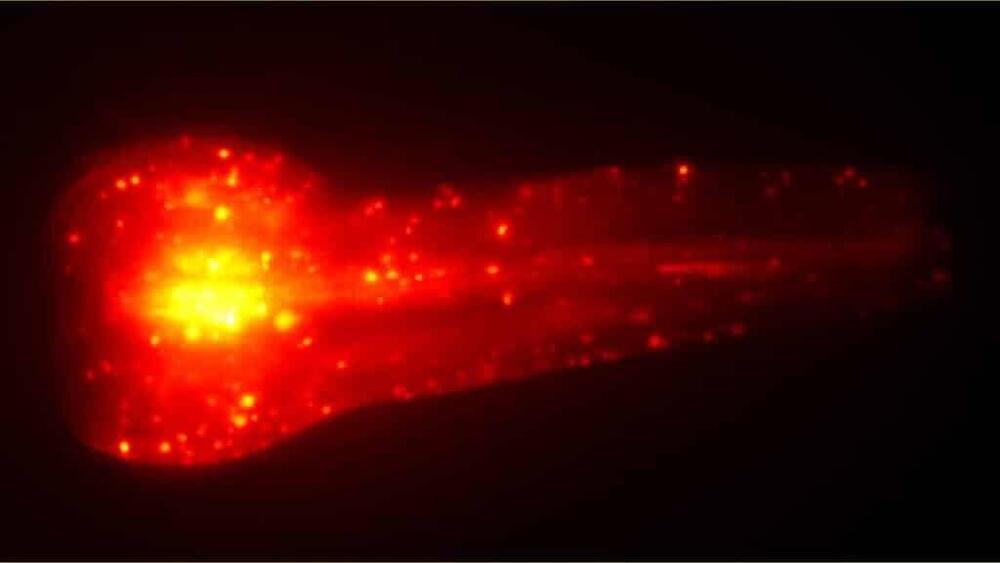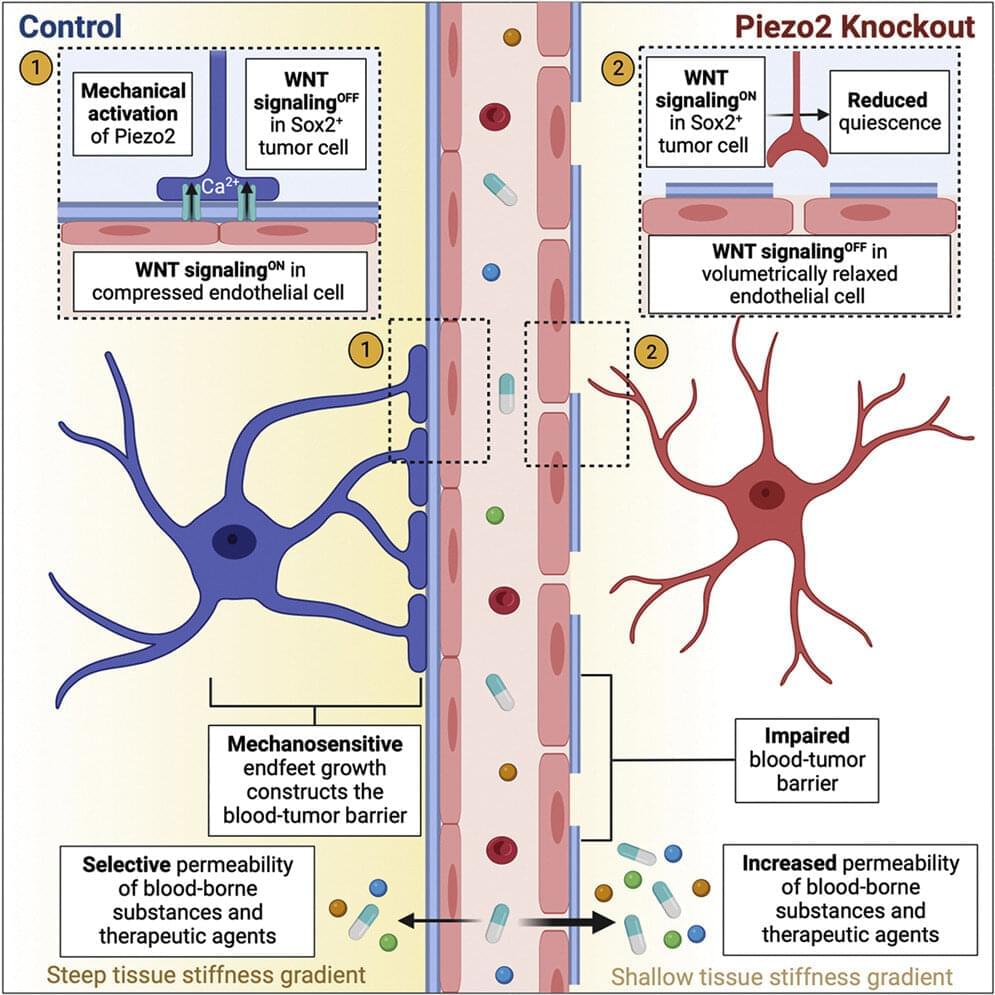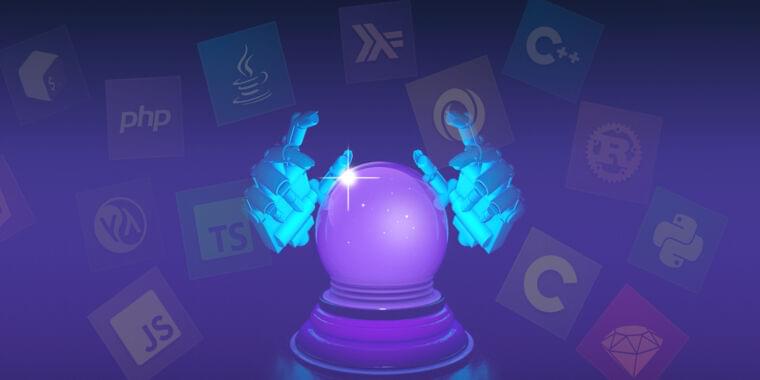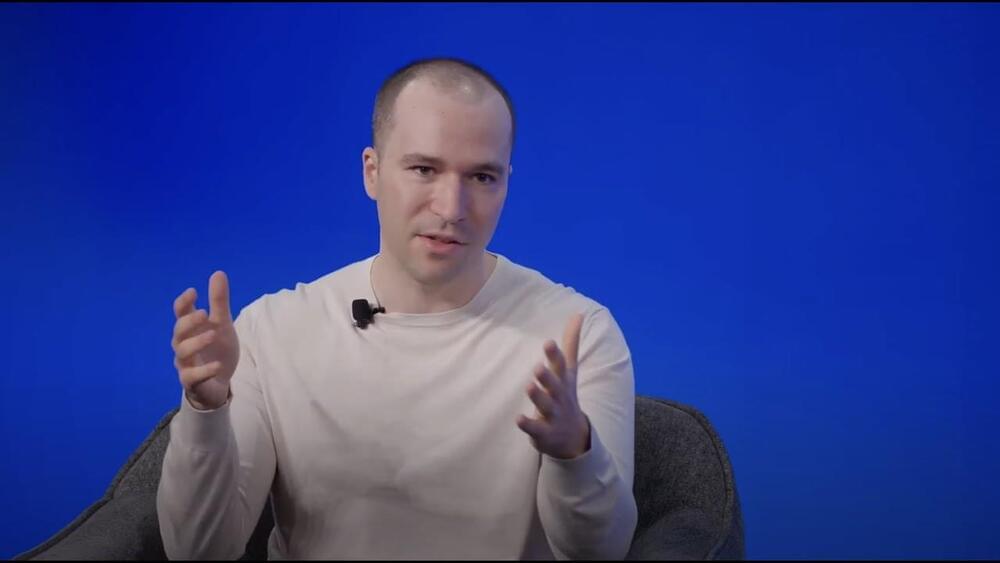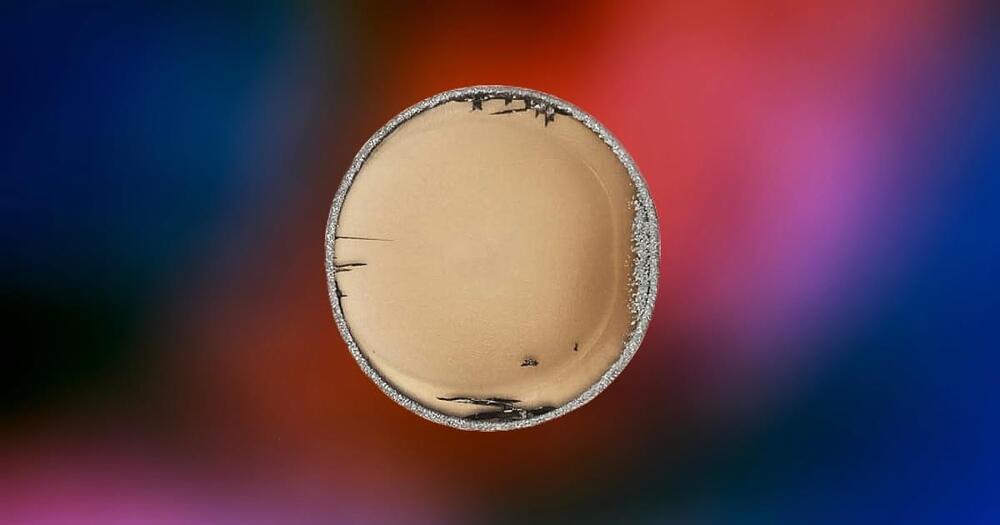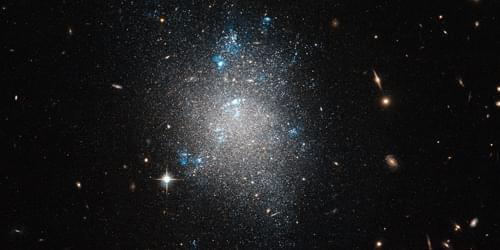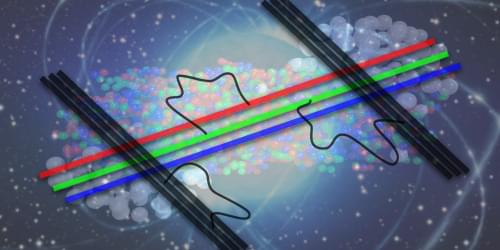Nov 2, 2022
Anthropologists find new ways female bones are permanently altered after giving birth
Posted by Genevieve Klien in category: biotech/medical
Reproduction permanently alters females’ bones in ways not previously known, a team of anthropologists has found. Its discovery, based on an analysis of primates, sheds new light on how giving birth can permanently change the body.
“Our findings provide additional evidence of the profound impact that reproduction has on the female organism, further demonstrating that the skeleton is not a static organ, but a dynamic one that changes with life events,” explains Paola Cerrito, who led the research as a doctoral student in NYU’s Department of Anthropology and College of Dentistry.
Specifically, the researchers found that calcium, magnesium, and phosphorus concentrations are lower in females who have experienced reproduction. These changes are linked to giving birth itself and to lactation.

